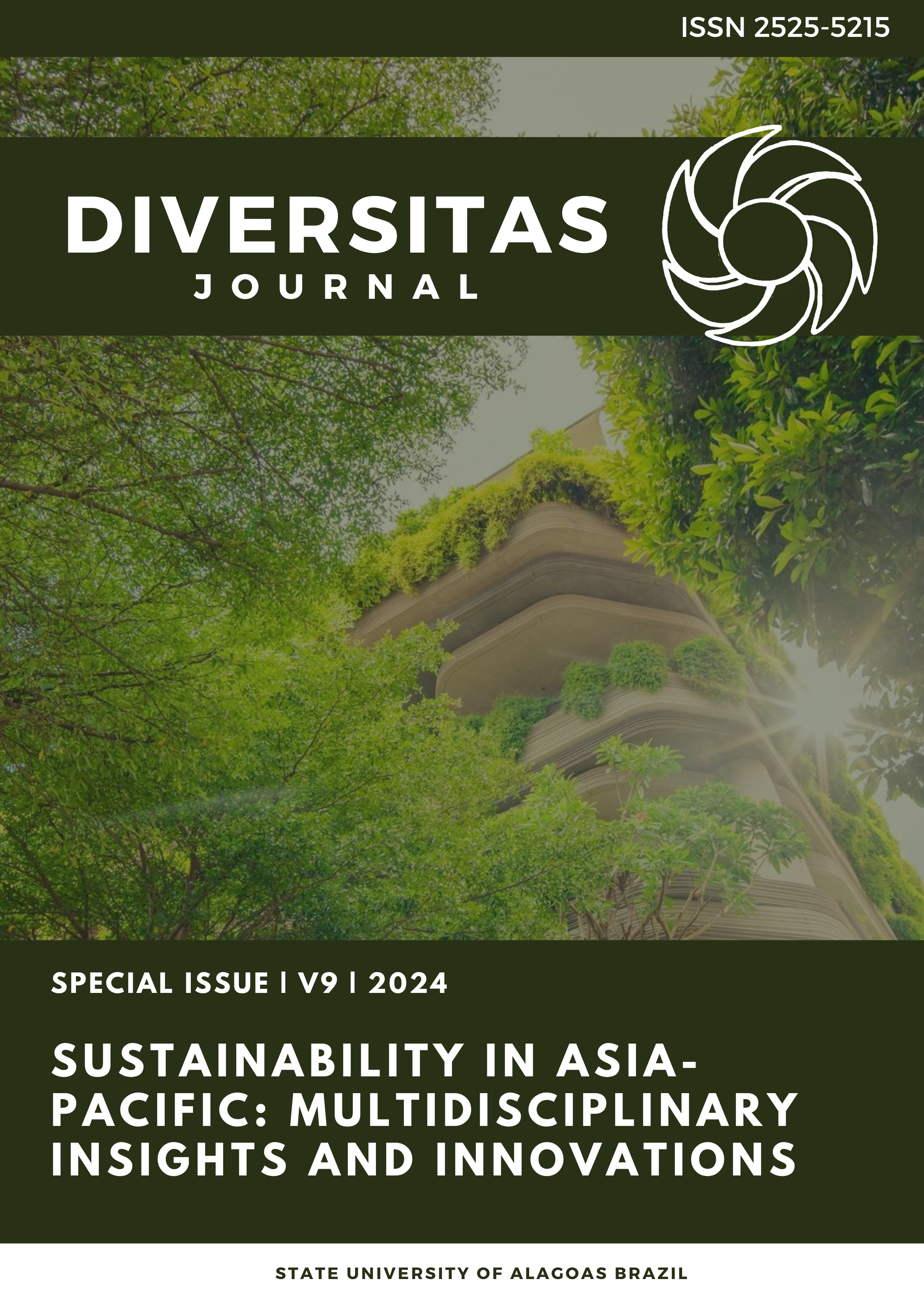Making decisions: an analysis of styles and time pressure among selected graduate students in the Philippines
DOI:
https://doi.org/10.48017/dj.v9iSpecial1.2832Keywords:
time pressure, decision making, style, graduate students, analysisAbstract
The feeling of time pressure is a remarkable and significant phenomenon that people deal with throughout their lives. Empirical studies show that when people assume there are insufficient hours in the day and that they must work longer and harder than ever before, they experience feelings of time pressure, which in work contexts has led to job dissatisfaction, disconnection, poor performance, and absences because time constraints influence people's capabilities and the consequent effect on their decision-making processes. This study looks into how time pressure affects decision-making. This element has been identified as a critical decision- making determinant. Using a descriptive-correlational design, it identifies the impact of time pressure on the performance and decision-making styles among selected graduate students enrolled from different Universities in the Philippines. The study's findings determined respondents are frequently feel pressured with the work deadline and Unstable Workload has the lowest pressure points factor. Moreover, the results determined time pressure as a significant contributor to the decision- making of graduate students and indicates a favorable and significant relationship between time pressure and graduate students' decision-making styles. Furthermore, the study's findings provide useful insights into the difficulties that Graduate students experienced in managing their time in decision-making as professionals and students at the same time, and factors influencing student achievement and decision-making have been identified and analyzed.
Metrics
References
Chandler JJ, Pronin E. Fast thought speed induces risk-taking. Psychol Sci. 2012
Apr;23(4):370-4. doi: 10.1177/0956797611431464. Epub 2012 Mar 5. PMID: 22395129.
Chong, Darrel & Eerde, Wendelien & Chai, Kah-Hin & Rutte, Christel. (2011). A Double-Edged
Sword: The Effects of Challenge and Hindrance Time Pressure on New Product Development Teams. Engineering Management, IEEE Transactions on. 58. 71 - 86. 10.1109/TEM.2010.2048914.
Couper, M. P., Antoun, C., & Mavletova, A. (2017). Mobile web surveys. In P. P. Biemer,
E. de Leeuw, S. Eckman, B. Edwards, F. Kreuter, L. E. Lyberg, ... B. T. West (Eds.), Total survey error in practice (pp. 133– 154). https://doi.org/10.1002/9781119041702.ch7
Dodanwala, T. C., Shrestha, P., and Santoso, D. S. 2021. Role Conflict Related Job-
Stress among Construction Professionals: The Moderating Role of Age and Organization Tenure. Construction Economics and Building, 21:4, 21–37. http://dx.doi.org/10.5130/AJCEB.v21i4.7609ISSN 2204-9029
El Othman, R., El Othman, R., Hallit, R. et al. Personality traits, emotional intelligence and
decision-making styles in Lebanese universities medical students. BMC Psychol 8, 46 (2020). https://doi.org/10.1186/s40359-020-00406-4
Jiun-Yu Wu, Chen Xie, (2018). Using time pressure and note-taking to prevent digital
distraction behavior and enhance online search performance: Perspectives from the load theory of attention and cognitive control, Computers in Human Behavior, from, https://doi.org/10.1016/j.chb.2018.07.008.
Junhua Hu, Liu Yang, (2011) Dynamic stochastic multi-criteria decision making method based
on cumulative prospect theory and set pair analysis, Systems Engineering Procedia, Volume 1, 2011, Pages 432-439, ISSN 2211-3819, https://doi.org/10.1016/j.sepro.2011.08.064.
Kühnel, Jana & Bledow, Ronald & Kuonath, Angela. (2022). Overcoming Procrastination:
Time Pressure and Positive Affect as Compensatory Routes to Action. Journal of Business and Psychology. 10.1007/s10869-022-09817-z.
Kocher, M. G., Schindler, D., Trautmann, S. T., & Xu, Y. (2019). Risk, time pressure,
and selection effects. Experimental Economics, 22(1), 216–246. https://doi.org/10.1007/s10683-018-9576-1
Marko Bohanec, 2009. "
Decision Making: A Computer-Science and Information- Technology Viewpoint," Interdisciplinary Description of Complex Systems - scientific journal, Croatian Interdisciplinary Society Provider Homepage: http://indecs.eu, vol. 7(2), pages 22-37.
Moore, D. A., & Tenney, E. R. (2012). Time pressure, performance, and productivity.
In Looking back, moving forward: A review of group and team‐based research on managing groups and teams, 15, 301–322. Emerald Group Publishing Limited
Ordóñez, Lisa & III, Lehman & Pittarello, Andrea. (2015). Time Pressure Perception
and Decision Making.. 10.1002/9781118468333.ch18.
Rothblum, E. D., Solomon, L. J., & Murakami, J. (1986). Affective, Cognitive, And
Behavioral Differences Between High and Low Procrastinators. Journal of Counseling Psychology, 33(4), 387–394. https://doi.org/10.1037/0022-0167.33.4.387
Scott, Susanne and Bruce, Reginald (1995) Decision-Making Style: The Development
and Assessment of a New Measure from, DOI: 10.1177/0013164495055005017
Skinner, Geoff & Parrey, Brandon. (2019). A literature review on effects of time
pressure on decision making in a cyber security context. Journal of Physics: Conference Series. 1195. 012014. 10.1088/1742-6596/1195/1/012014.
Sussman RF, Sekuler R. Feeling rushed? Perceived time pressure impacts executive
function and stress. Acta Psychol (Amst). 2022 Sep;229:103702. doi: 10.1016/j.actpsy.2022.103702. Epub 2022 Aug 16. PMID: 35985154; PMCID: PMC9506568.
Robert M. O'Keefe (2016E), experimental behavioural research in operational
research: What we know and what we might come to know, European Journal of Operational Research, Volume 249, Issue 3, Pages 899-907, ISSN 0377-2217,https://doi.org/10.1016/j.ejor.2015.09.027.
Wu, C.M., Schulz, E., Pleskac, T.J. et al. Time pressure changes how people explore and
respond to uncertainty. Sci Rep 12, 4122 (2022). https://doi.org/10.1038/s41598-022-
-1
Yixin Hu, Dawei Wang, Kaiyuan Pang Guangxing Xu, Jinhong Guo (2014) The effect of
emotion and time pressure on risk decision-making.
Downloads
Published
How to Cite
Issue
Section
License
Copyright (c) 2024 Ma. Leah Ulanday, Michael, Edgardo, Jordan, Rosemarie

This work is licensed under a Creative Commons Attribution 4.0 International License.
The Diversitas Journal expresses that the articles are the sole responsibility of the Authors, who are familiar with Brazilian and international legislation.
Articles are peer-reviewed and care should be taken to warn of the possible incidence of plagiarism. However, plagiarism is an indisputable action by the authors.
The violation of copyright is a crime, provided for in article 184 of the Brazilian Penal Code: “Art. 184 Violating copyright and related rights: Penalty - detention, from 3 (three) months to 1 (one) year, or fine. § 1 If the violation consists of total or partial reproduction, for the purpose of direct or indirect profit, by any means or process, of intellectual work, interpretation, performance or phonogram, without the express authorization of the author, the performer, the producer , as the case may be, or whoever represents them: Penalty - imprisonment, from 2 (two) to 4 (four) years, and a fine. ”


















